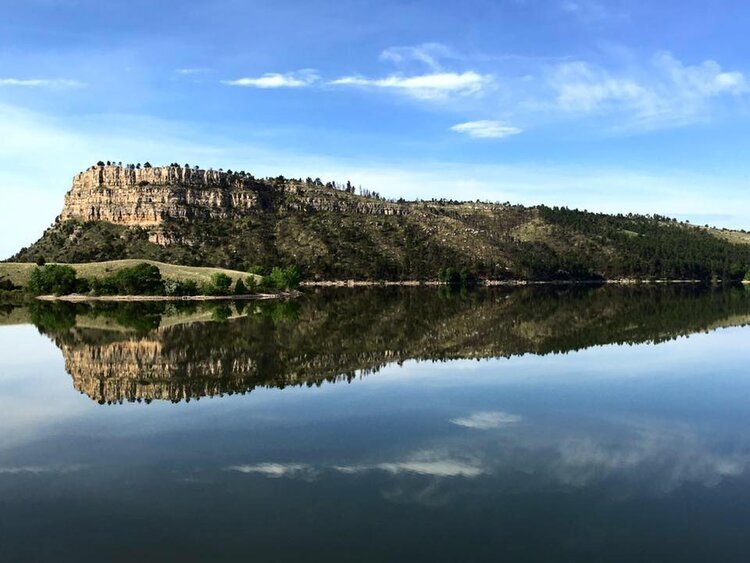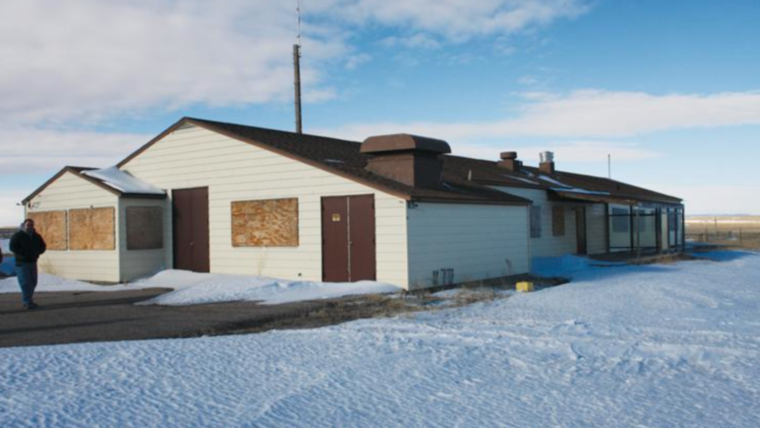Guernsey State Park is one of the most significant Depression Era parks in the nation. Guernsey was the first cooperative venture between the Bureau of Reclamation, the National Park Service and the Civilian Conservation Corp to develop a public recreation area. Based on the success of this agreement Guernsey became a prototype for developing recreational facilities at the Bureau of Reclamation reservoirs. This would eventually lead to some of the most massive and popular facilities in the National Park Service. For this and several other reasons, Guernsey State Park has been designated a National Historic Landmark.
Guernsey is one of the first places where Civilian Conservation Corps workers were allowed to perform skilled labor. Until this time, CCC workers were viewed as general laborers suitable for forestry and soil conservation activities. As a result, most of the CCC companies worked for the United States Forest Service and were often referred to as Roosevelt’s Tree Army. However, at Guernsey State Park the CCC proved that with sufficient training and supervision they were capable of constructing high-quality and enduring examples of architecture.

Photo of the Guernsey State Park Museum from Guernsey State Park Facebook
Guernsey State Park is unusual because of the historic integrity of the CCC buildings and features within the park. The historic portions of the park have been left unmodified since they were constructed in the 1930s. Nowhere is this more evident than at the park museum. The museum building and displays are essentially intact to 1937. Today, the Guernsey State Park museum represents the finest and most intact example of a 1930s trail side state park museum
Guernsey is also one of the first examples of treating a park as an interconnected landscape, instead of a series of isolated locations. The public activity was planned to be centered around certain attractions, most notably the lake and the high overlooks. The first thing developed was the transportation network; Lake Shore Drive to provide access to the reservoir and Sky Line Drive to take advantage of the vistas. An extensive network of pedestrian trails and horse trails were also developed, this allowed for the separation of motor vehicles, horse traffic, and pedestrians. All three provide a complete circulation system in the park, connecting hilltops, park facilities, overlooks, and natural settings.


To provide a variety of outdoor experiences the park was divided into a conservation area and a recreation area. In other words, formal recreational developments are on the east side of the park leaving the west end undeveloped. The Castle is on the dividing line between the conservation area and the recreation area.
The Castle may be the most elaborate picnic shelter in the country. Along with producing grand structures, Rustic architecture often tried to tie the landscape to the building. There are two arched walkways on the lower level of the Castle, if you line up the two archways they point directly to Laramie Peak, the highest peak in the surrounding region.



